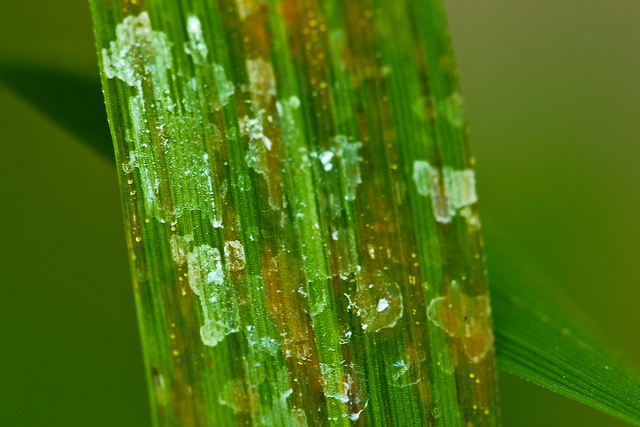


This symptom is accompanied by a wilting of leaf edges. Angular, dead areas occur when sectors of leaves bounded by the veins die. Affected leaves wilt and die leaves may stay on the plant for some time afterward. Round spots are dark green to black, about 0.0625 to 0.125 inch wide, and slightly sunken. Spots may initially appear as small translucent pustules similar to those, which are characteristic of oedema. Leaf-depending on the cultivar affected, symptoms are either round spots or angular, sometimes V-shaped, dead areas. In the case of Verticillium stem dieback, affected stems do not recover. Leaves drop, then stems partially recover and produce new leaves at the terminals. Stem-blue-black rotting on parts of stems. Symptoms Cuttings-sudden black rotting that starts at the base of the cutting. Sources of bacteria may include poinsettia, croton ( Codiaeum variegatum), crown of thorns ( Euphorbia milli) and zebra plant ( Aphelandra squarrosa). Hardy, perennial geraniums can be non-symptomatic carriers of the bacteria. Some cultivars of regal or Martha Washington geraniums are very resistant, but leaf spots have been observed. Infected plants may remain symptomless at cool temperatures until warm conditions return. The pathogen enters leaf hydathodes when splash dispersed and then moves into the rest of the plant through the vascular system.
#BACTERIAL BLIGHT OF GERNAIUM FREE#
Seedling geraniums are susceptible but are free of the disease unless grown in close proximity to vegetatively-propagated plants. Bacteria are readily spread by physical contact, irrigation water, rain, tools, and insects but are not contained in seed. Bacteria cannot survive in association with plant debris in the soil after the plant debris decomposes. These bacteria can survive in association with plant debris in the soil for 6 months or more depending on the rate of plant decomposition. can also cause similar but less severe symptoms including X. Poinsettia ( Euphorbia pulcherrima) - Bacterial Leaf SpotĬause Xanthomonas hortorum pv.


 0 kommentar(er)
0 kommentar(er)
